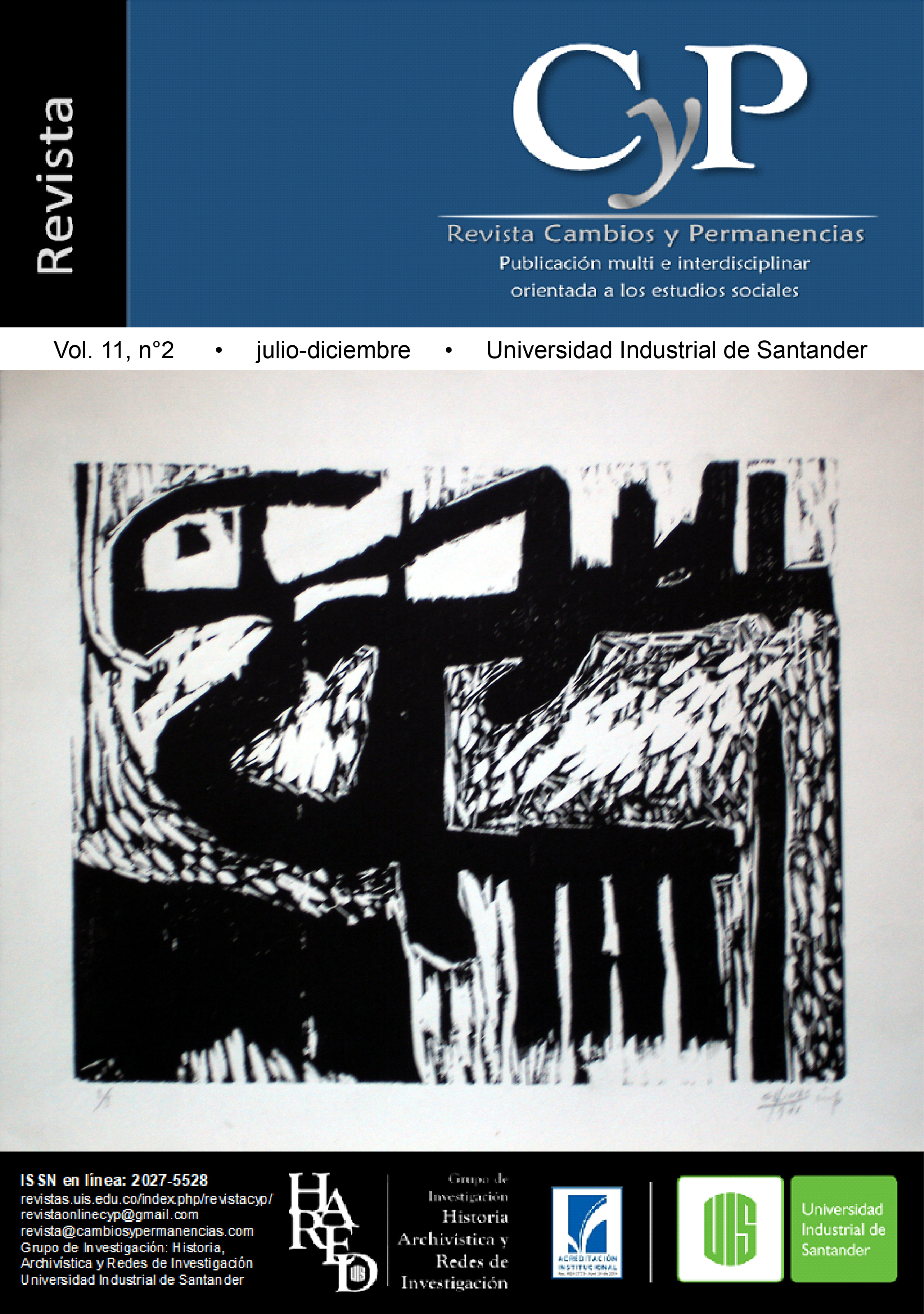Oral History and Collective memory in the ethno-education and self-education curriculum: other knowledge and practices in school
Published 2020-12-16
Keywords
- Curriculum,
- ethno-education,
- history and collective memory
How to Cite
Abstract
This article presents advances of the research project: “Taking a look back at school: pedagogical practices and knowledge in the area of social sciences in ethno-educational processes and self-education”, of the Investigation Group in Intercultural Studies of the Faculty of Human and Social Sciences of the University of Cauca. The firts part of the study consisted of the documentary review of Community Education and Self-education projects, specifically in the department of Cauca, and which are characterized by the questioning and reconfiguration of school knowledge with respect to the teaching of history. The first review focuses on the categories of Oral History and Collective Memory, and how these are present in these projects through the recognition of voices, events and characters, closely related to the history of indigenous peoples and their resistance struggles. Demonstrate what are forms, purposes and contents, through which Oral History and Collective Memory are articulated in the curriculum of educational institutions that are part of the Indigenous Educational System in the Department of Cauca, as well as the didactic transformations, what this implies is the goal of this article.
Downloads
References
Cabildo Indígena Resguardo de Jambaló (2014). Talul we’sxa’ nawtxh wewe. Así cuentan los mayores. Territorio Ancestral Sath Tama Kiwe, Cauca, Colombia: (S. E.).
Consejo Regional Indígena del Cauca – Programa de Educación Bilingüe Intercultural (1992). La propuesta de etnoeducación del Cric. Estado, educación y grupos étnicos. Revista Educación y Cultura, (27).
Consejo Regional Indígena del Cauca – Programa de Educación Bilingüe Intercultural (2011), Sistema Educativo Indígena Propio – SEIP- Primer documento de trabajo. Popayán, Colombia: (S. E.).
Consejo Regional Indígena del Cauca – Programa de Educación Bilingüe Intercultural. (2018). Lineamientos políticos, pedagógicos y administrativos de semillas de vida. Popayán, Colombia: (S. E.).
Mendoza, C. (2010). La educación indígena ika, kankuama, nasa, wayúu y mokaná fortalecen la interculturalidad en Colombia. Revista Educación y Humanismo, 12(19), 148-176.
Núcleo de Educación – Resguardo Indígena de Jambalo. (2013). Tejiendo Sabiduría, Proyecto Educativo Comunitario. Territorio Ancestral Sa´th Tama Kiwe, Jambaló, Cauca, Colombia: (S. E.).
Yagari, G. (2010). Jemeďeďa dachi kûrîsia mau dachi kakua өme: Juguemos con el pensamiento y el cuerpo para recrear a través de las expresiones culturales la memoria oral de Karmatarua (Tesis de maestría en Educación). Universidad de Antioquia, Medellín, Colombia.

